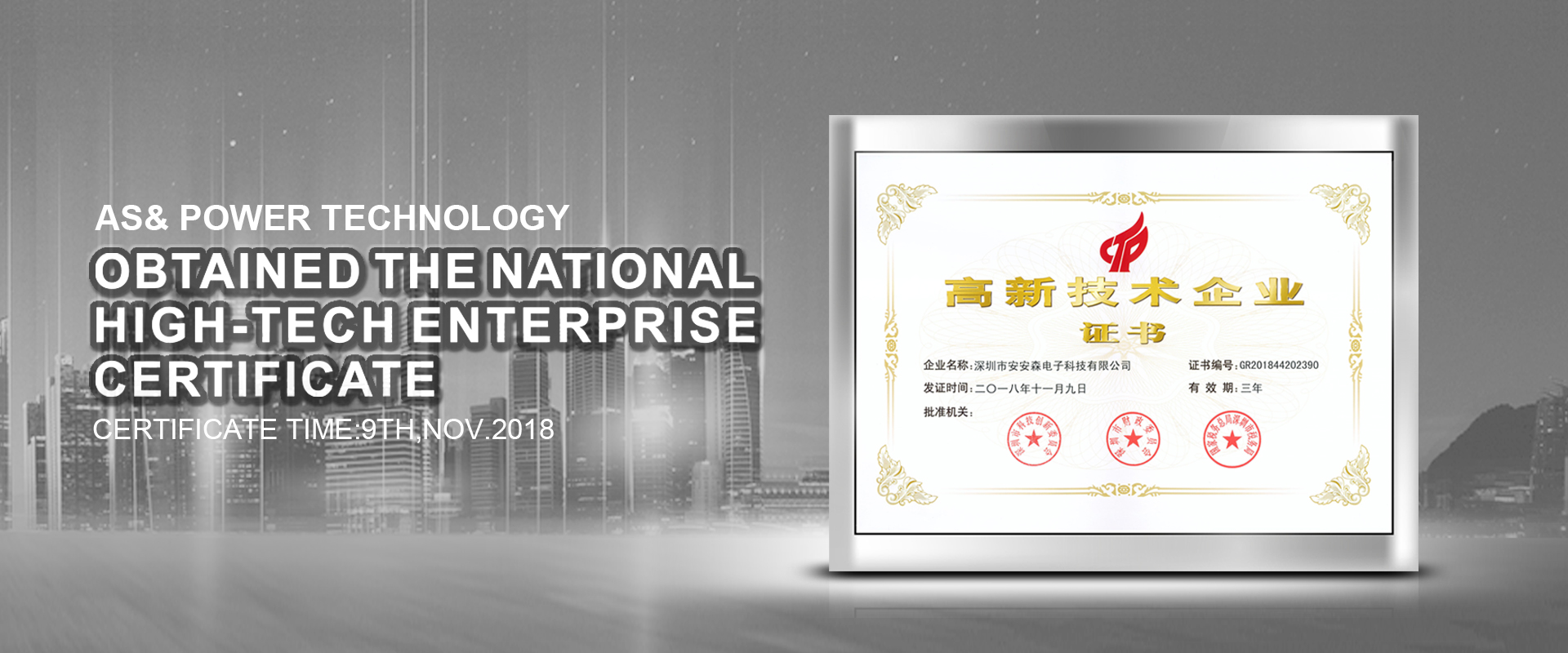
Specification:
--Pictures--


--Specification--
|
Item |
Rating |
Note |
||
|
3.1 Capacity |
Typical |
3Ah |
Discharge:0.2CmA |
|
|
Minimum |
2.8Ah |
|||
|
3.2 Nominal Voltage |
Average 3.2V |
|
||
|
3.3 Discharge Cut-off Voltage |
2.5V |
|
||
|
3.4 Charge Current |
0.6A |
Standard Charge |
||
|
3.5 Charge Voltage |
3.65V |
|
||
|
3.6 Charge Time |
Approx 8h |
|
||
|
3.7 Max. Charge Current |
3A |
|
||
|
3.8 Continuous discharge current |
1.5A |
|
||
|
3.9 Max. discharge current |
3A |
|
||
|
3.10 Weight |
Approx 90g |
|
||
|
3.11 Operating Temperature |
Charge |
0~45℃ |
|
|
|
Discharge |
-20~60℃ |
|
||
|
3.12 Storage Temperature |
less than 1 month |
-20~45℃ |
Recommended storage temperature: 20℃,at the shipment state |
|
|
less than 3 months |
-20~35℃ |
|||
--Application--
Main applications:
* Communication: back-up electric supply, interphone
* Eletric vehicles: electric bicycle (E-bike), golf cart , electric wheelchair, E-car and E-bus
* Power tools: electric cropper, electric drill, electric saw, electric hammer
* Illuminate devices: solar battery, miner lamp, solar power lamp, emergency light, electric torch.
* Portable office devices: Laptop, PDA, portable electrograph, portable printer
* Video devices: Portable DVD , portable television
* Others: R/C model, toy, small home appliance

--Product Advantage--
1) Environmental friendly
2) High density of energy
3) Light weight
4) Low self-discharge
5) Low internal resistance
6) Long cycle life, chargeable up to 2000 times
7) No memory effect
8) Doesn’t contain Mercury, No fire, No explosion, No leakage
--Company Information-




A&S Power has well presence in international fairs each year, such as CEBIT, HK Electronic Fair. We strictly implement
the international management standards and have established a complete quality assurance system. So it’s no wonder
that our products got CE, UL, IEC62133, ROHS certification.
--FAQ--
1. Q:Where can I get the price?
A: We usually quote within 24 hours after we get your inquiry. If you are very urgent to get the price, please call us or tell us in your email so that we'll regard your inquiry priority.
2. Q: How can I get a sample to check your quality?
A: After price confirmation, you can require for samples to check our quality.
3. Q: What about the lead time for mass production?
A: Honestly, it depends on your order quantity and the season you place the order. We suggested that you start inquiry to months before the date you would like to get the products at your country.
4. Q: What is your terms of payment?
A: We accept T/T and L/C.
5. Q: What is minimal rated capacity?
A: minimal rated capacity is the capacity on 0.2 C discharge till the voltage tapered to 2.0V shall be measured after rested for 30min then finish standard charge.
6. Q: What is internal impedance?
A: Internal impedance is measured at AC 1KHz after 50% charge.
7. Q: What is standard charge?
A: Charging shall consist of charging at a 0.2 C constant current rate until the cell reaches 4.20V. The cell shall then be charged at constant voltage 0f 4.20 volts while tapering the charge current Charging shall be terminat ed when the charging current has tapered to 0.02 C. Charge time:Approx 6.0h,The cell shall demonstrate no permanent degradation when charged between 0℃ and 45℃
8. Q: What is standard discharge?
A: Batteries shall be discharged at a constant current of 0.2 C to 3.0 volts @20℃±5℃. If no otherwise specified, the rest time between Charge and Discharge amount to 30min.
9. Q: What is overcharge?
A: After normal charge, test the batteries’ initial state and capacity. Charge to 10.0V at 3C, then charge at CV mode to 0.01C. Observe battery’s variation of appearance.
10. Q:What is over discharge?
A: After normal charge, test the batteries’ initial state. When the batteries are normal, Discharge to 0V at 0.5C. Observe battery’s variation of appearance.
11. Q: What is external short-circuit?
,A: After normal charge, test the batteries initial state, Keep the battery into explosion protection cover, short- circuit the positive and negative terminals directly (general resistance shall be less than or equal to 50mΩ). Sto p the test when the temperature falls to 10℃ lower than the peak value. Observe the variation of the batteries’ appearance and temperature.
Our Services





